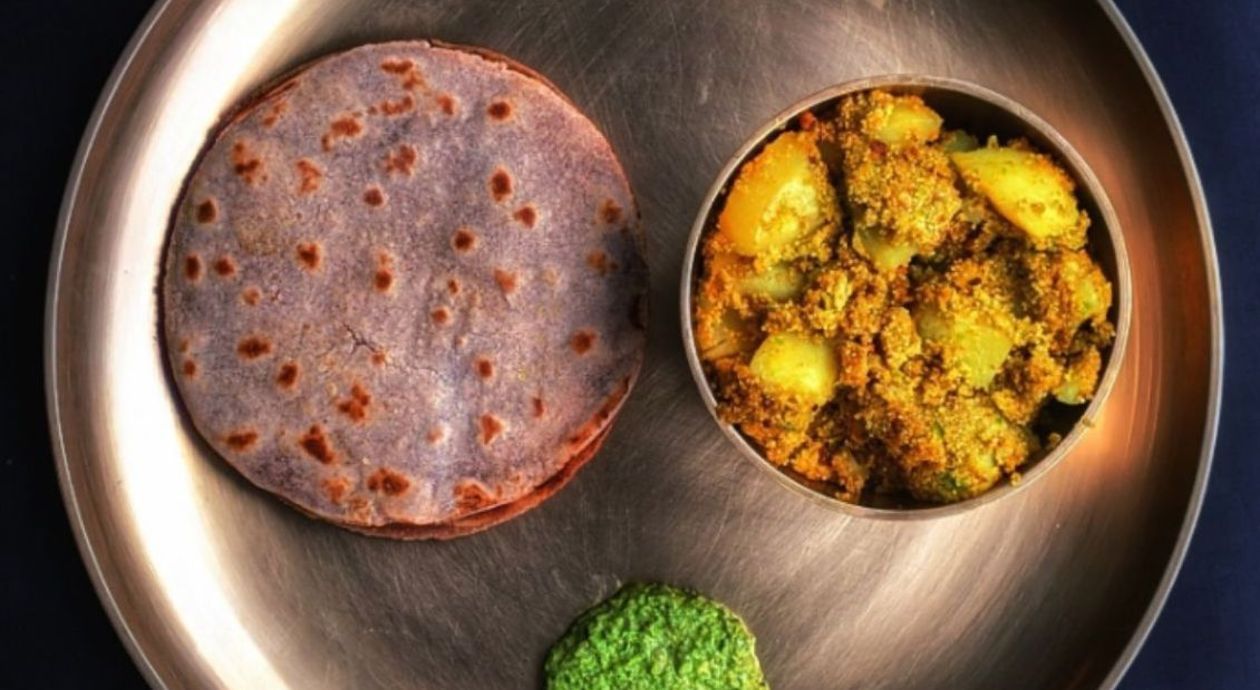
AYURVEDIC NUTRITIONAL FACTS
Rasa
Bitter, Astringent
Guna
Light
Virya
Hot
Vipaka
Pungent
Have you ever tried Aloo Posto? If yes, then what do you like to eat with it? I love the taste of this wonderful Bengali recipe – Aloo Posto with the singhara roti and chutney.
Here is my version of a fantastic “Aloo Posto” thali that is high in excellent nutrients!
This delicious thali has a flavor from Bengal (India) that will make your mouth drool in no time! A nutty flavor of poppy seeds and the intense aroma of singhara roti make this thali more desirable.
Full Recipe in Details
Posto is a Bengali name for Poppy seeds. As per Ayurveda, poppy seeds are aphrodisiac, improves strength, and useful in diarrhea, anxiety, depression, and muscle pain. It is also high in manganese and other micronutrients, making it a natural supplement.
Cooking it with potatoes makes it a perfect blend of vitamins, minerals, and antioxidants. This recipe reduces the risk of heart disease, relieves weakness, and increases strength and immunity. All in all, it is a fulfilling gluten-free recipe that everyone can enjoy in moderation.
On the other hand, singhara (water chestnut) is a powerhouse of nutrition with more potassium, manganese, Vitamin B6, and copper. According to Ayurveda, it is aphrodisiac and improves sperm count and quality. It is also beneficial in diarrhea, heavy periods, burning sensation, gastritis, and relieves weakness.
It is better to purchase water chestnut flout from your local grocery store.
Lastly, refreshing coriander chutney completes this thali by enhancing the taste with its delicious flavor.
STARTING GUIDE
INGREDIENTS
GUIDE / INSTRUCTIONS
NOTES
Ayurveda suggests eating as per your body type. Each food has a specific property based on which it nourishes our body. Eating according to our body type helps to maintain health and boost our immunity.
Poppy seeds are more suitable for Vata and Pitta person. On the other hand, potatoes are better for Pitta and Kapha person. And singhara (water chestnut) is good for Pitta person. All in all, this thali is suitable for everyone if taken in moderation.
It’s all about maintaining balance. Everything in moderation is healthy. But still, we can make some changes in the recipe to make it more suitable according to our body type.
Changes to make in this recipe according to your body type:
✅ Vata person – Add ghee to your meal. You can eat it with rice instead of singhara roti.
✅ Pitta person – Avoid cooking it in mustard oil. Instead, use ghee for cooking purposes.
✅ Kapha person – Add fewer poppy seeds to the recipe. You can use kuttu roti instead of singhara roti.
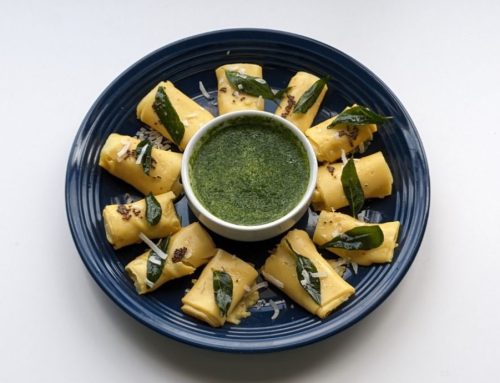
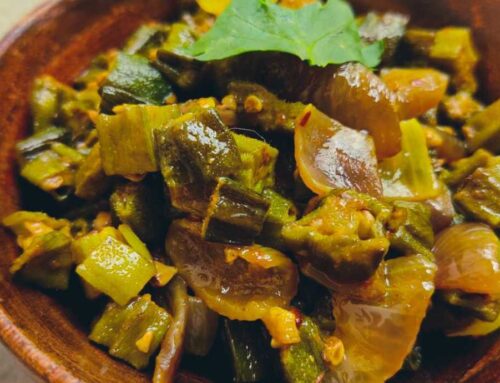
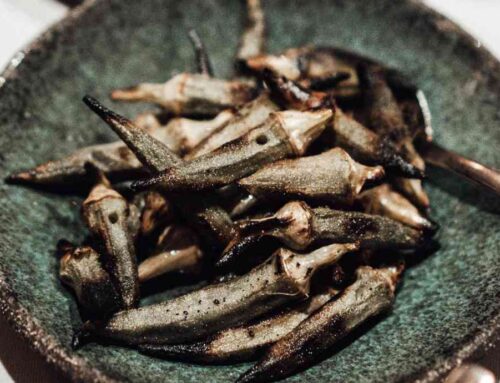
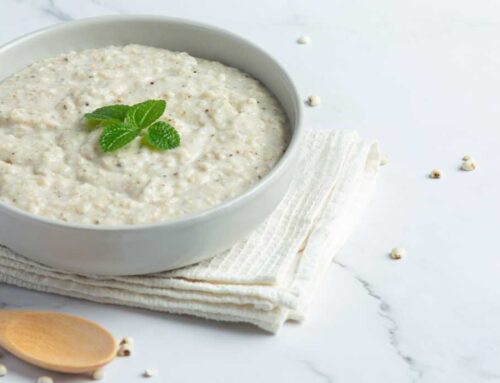

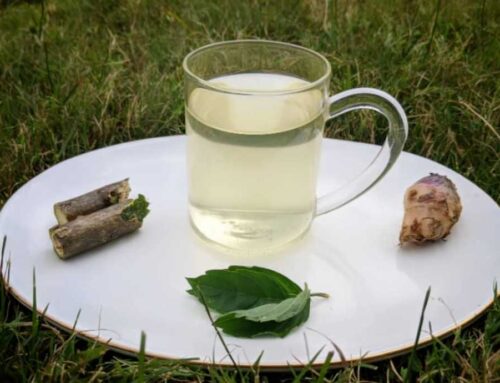
Leave A Comment